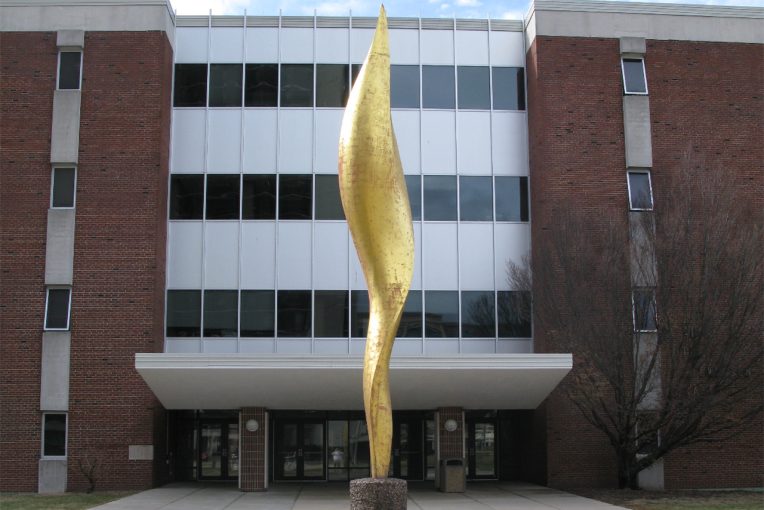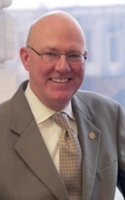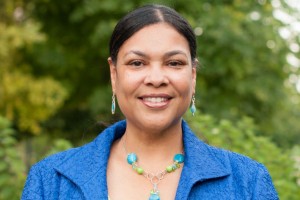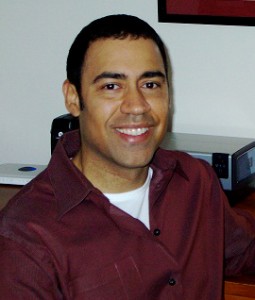Dialogue alone won’t bring about change, said College of Arts and Sciences Dean Greg Simpson.
“Conversations on diversity are important—and we have them—but often they are the same conversations we had before,” said Simpson. “People are tired of just dialogue. They are ready for action.”
Moving beyond conversations was the goal of a group of CAS administrators who met in the fall. Even their name points to a more involved approach to diversity—CAS Leaders in Action: Engagements with Diversity in the College. The group’s goal is to find a path to more faculty diversity.
CAS Leaders in Action began after the Campus Climate Assessment was published in the spring of 2016. “We’ve known there is work to do,” said Simpson, who brainstormed ideas with Doris Houston, head of the Center for Child Welfare and Adoption Studies in the School of Social Work, who was serving as an administrative fellow in CAS. The two convened a multidisciplinary planning team, which suggested open forums to help compile a list of action items and recommendations.
“We wanted to hear real-world scenarios that faculty have experienced, and frank discussions about what we can do to really address faculty diversity in the college,” said Houston. Along with open forums, the group met with department chairs and school directors.
“In permitting our group to meet with department chairs—who play a crucial role in shaping department and institutional culture—CAS has taken an important step in redressing issues that can undercut the success of faculty members from underrepresented groups,” said Professor of History Touré Reed, who served on the group’s planning team.
One of the Leaders in Action’s suggestions is incentives for faculty who engage in student mentoring. “Faculty are here for the students, and love working with them or they would not be here,” said Houston. “But many times faculty of color are called upon to mentor students who seek them out or who are recommended to them at levels that are greater than their faculty counterparts. Because there are not a large number of diverse faculty members on campus, it can become an additional area of service to the University and to our students that falls to faculty of color but counts very little toward tenure and promotion.”
Other suggestions from faculty, chairs, and directors ranged from more diversity training for members of search committees and faculty status committees, to advertising open positions to a wider audience. “One of the chairs has a budget of only $300 or $400 to advertise an opening,” said Houston. “So we talked about exploring new ways to reach candidates, and perhaps departments and schools working together with more multidisciplinary hiring.”
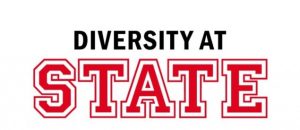 Retention of diverse faculty was also a focus of CAS Leaders in Action, and of special concern to Simpson. “For years, I sat at national conferences with fellow administrators and we asked the question, ‘How do we create an environment to retain diverse faculty?’ and for years we sat through presentations that simply tried to define diversity,” said Simpson. “It was frustrating. We want actionable recommendations.”
Retention of diverse faculty was also a focus of CAS Leaders in Action, and of special concern to Simpson. “For years, I sat at national conferences with fellow administrators and we asked the question, ‘How do we create an environment to retain diverse faculty?’ and for years we sat through presentations that simply tried to define diversity,” said Simpson. “It was frustrating. We want actionable recommendations.”
CAS Leaders in Action also recommended offering courses with core diversity content as part of general education requirements for students. Simpson calls diversity “part of the DNA” of the College of Arts and Sciences. “We are the ones who teach history, culture, language, literature, politics, economics—all areas that celebrate diversity on a fundamental level,” he said.
Reed noted the process showed that many people on campus are forging the same paths. “It was very encouraging to see that chairs and directors were not only receptive to our input but most had already been thinking seriously about these issues.”
The next step will be to create concrete recommendations that departments can adopt as well as institutionalizing diversity in the CAS College Strategic Plan. “The goal is to translate conversation into action,” said Simpson.
